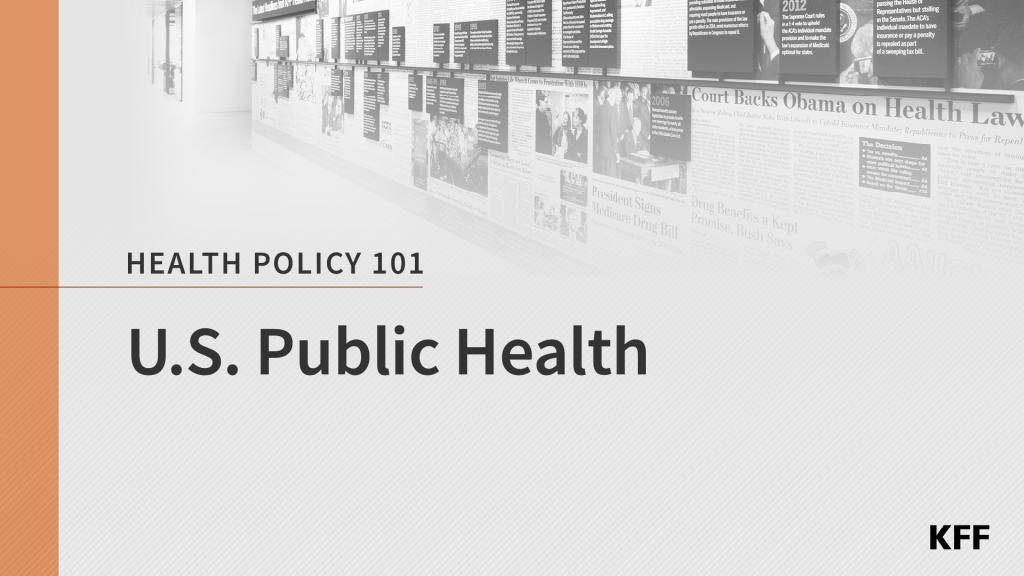ACIP Vote Drives Online Engagement About Hepatitis B Vaccine, And Posts Claim a VAERS “Cover-Up” of COVID-19 Vaccine Deaths — The Monitor
Nearly two weeks after a CDC advisory panel voted to end the recommendation for newborn hepatitis B vaccination, conversations about vaccination schedules and parental choice remain elevated. Meanwhile, narratives about an FDA memo alleging COVID-19 vaccines caused 10 pediatric deaths have shifted toward claims of a government cover-up.
